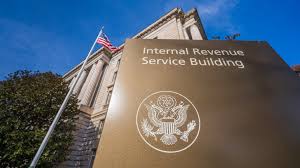When it comes to retirement plan regulations, the only constant is change—and the Roth catch-up requirement under SECURE 2.0 has been a rollercoaster. The IRS and Treasury finally issued their final regulations, and plan sponsors can breathe, somewhat, knowing that the mandatory Roth catch-up for high-income participants aged 50 and up won’t kick in until taxable years beginning after December 31, 2026. That delay is a gift, considering how chaotic this provision could have been if it went live as originally scheduled in 2024.
What’s clear is that the agencies listened to industry pushback. The final rules offer flexibility, such as allowing administrators to use prior-year wages from certain common-law employers to determine who’s subject to the rule. They also addressed correction mechanics, Roth election defaults, Puerto Rico plan coverage, and even gave government plans and collectively bargained plans extra breathing room. NAGDCA’s lobbying didn’t go unheard.
The bottom line? This isn’t an indefinite reprieve. Employers can adopt the requirement early, but they’ll need a “reasonable, good faith interpretation” of the statute. Notice 2023-62’s transition relief still ends December 31, 2025. By 2027, the Roth catch-up mandate will be reality, and plan sponsors, TPAs, and advisors should spend the next two years building systems, updating payroll feeds, and educating participants.
Because in my experience, nothing angers a 50-year-old high earner more than finding out their “extra” savings aren’t going in the way they expected. And nothing angers the IRS more than noncompliance.







